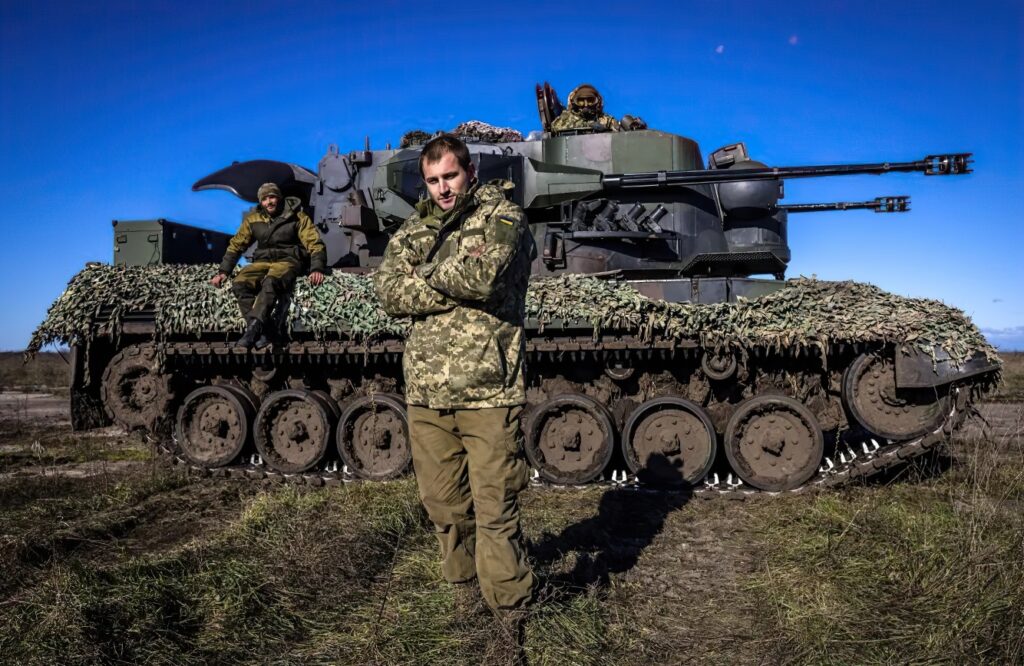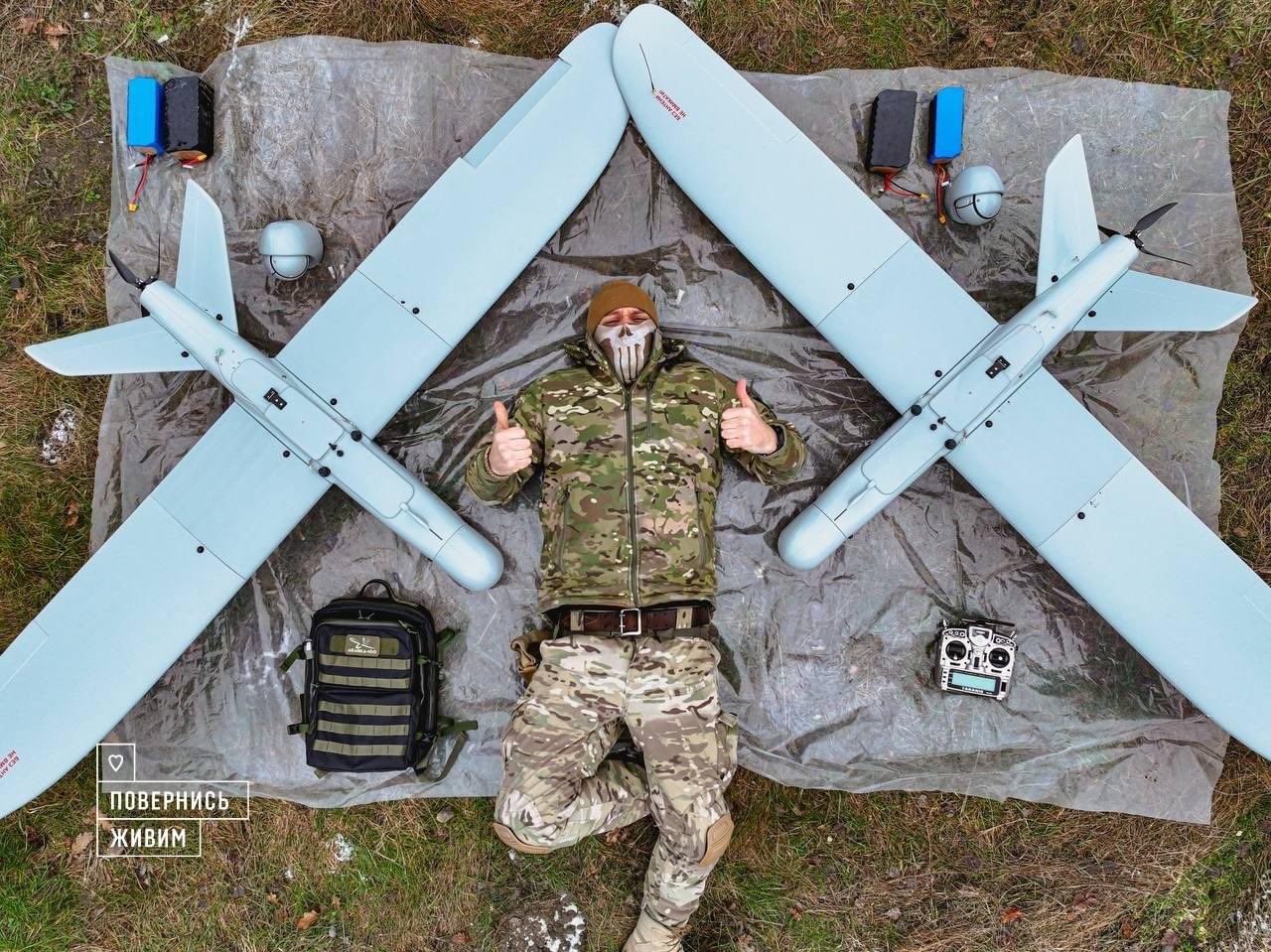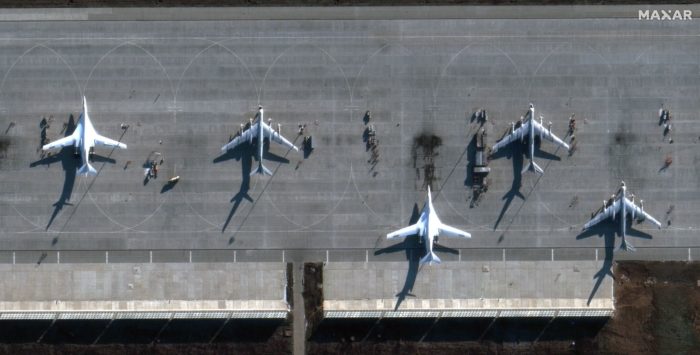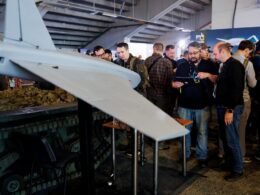Initially a grassroots tactic developed by individual units, drone-on-drone warfare is now poised for widespread adoption in air defense operations. This shift represents a significant leap in counter-drone strategies, offering a cost-effective and adaptable solution to modern aerial threats.On 10 June, the Ukrainian border guards in Odesa Oblast managed to spot and destroy in the air a Russian unmanned aerial vehicle (UAV) Zala, that was trying to carry out a reconnaissance operation in southern Ukraine.
— Euromaidan Press (@EuromaidanPress) June 12, 2024
Ukrainian forces used an FPV drone to eliminate it in the… pic.twitter.com/kSRKVeraGb
The four tiers of military drones: from mini to mammoth
Drones in modern warfare fall into four categories:- HALE (High Altitude Long Endurance): Examples include the Global Hawk and China's WZ-8, operating at altitudes of 18-20 km (60,000-70,000 feet) for extended periods, often 24+ hours.
- MALE (Medium Altitude Long Endurance): Like the MQ-9 Reaper, Orion and the Bayraktar TB2, operating at 4-9 km (15,000-30,000 feet) for 20+ hours.
- Tactical UAVs: Including Ukraine's Leleka-100 and Russia's Orlan-10. These operate at lower altitudes, typically under 4,6 km (15,000 feet), for shorter durations (5-10 hours), and are used for battlefield reconnaissance and targeting.
- Mini/Microdrones: Commercially available FPV quadcopters repurposed for combat. These operate at very low altitudes, often below 120 meters (400 feet), for short durations but offer unprecedented tactical flexibility.

- National air forces versus large drones
- "Trench" EW against mini drones
- Army units tackling tactical UAVs.

- Too many targets, too few interceptors
- Systems designed for aircraft, not agile drones
- Vulnerability to precision strikes, as seen with Russia's Lancet kamikaze drones and Iskander missiles.
Missiles, guns, and innovation
The backbone of ground-based air defense has long been missile systems, engaging diverse aerial threats with radio-guided or infrared-homing missiles. While radio guidance is cheaper, infrared systems offer better precision but at a higher cost and with vulnerabilities to decoys.
Trending Now
- Ukraine employs Soviet-era guns like the ZU-23-2, KS-19, and S-60. While the KS-19 and S-60 are often repurposed for ground targets, the ZU-23-2 excels against large, slow, low-altitude drones like the Shahed.
- The German Gepard self-propelled anti-aircraft gun, developed in the 1960s, is reliable but vulnerable to Russian weapons and has a limited 4 km range, making it less effective near the front lines.

- Cutting-edge systems like the German Skynex push boundaries further. At €180 million for two units, it uses programmable ammunition, destroying drones for about €4,000 each. Yet, it shares the Gepard's 4 km range limitation. This makes it challenging to provide comprehensive drone protection for troops.

The rise of FPV drone interceptors
In a classic case of fighting fire with fire, the threat of tactical reconnaissance drones is being met with an unexpected counter: modified FPV drones. These agile interceptors, capable of speeds up to 150 km/h (93 mph), are transforming from hobby toys to aerial hunters. Equipped with cameras, communication systems, and explosive payloads, they're designed for a singular purpose: to collide with and destroy larger, more expensive enemy drones. The key challenges lie in target acquisition and payload detonation. Rapid advancements in machine vision are addressing the former, while LIDAR-based automatic triggers solve the latter. These enhancements, while increasing costs, keep FPV interceptors economically viable compared to traditional anti-aircraft missiles. Underpinning this drone-on-drone combat are sophisticated radar systems:- Advanced long-range radars track multiple targets beyond 50km (31 miles), providing comprehensive aerial situational awareness.
- Mobile, frontline-friendly systems with 30-50 km (19-31 mile) ranges offer flexibility in dynamic combat zones.
Inside Ukraine's FPV drone defense system
The smallest unit in the interception system is a platoon, comprising 3-4 groups of FPV operators and radar technicians. Each group is equipped with a vehicle, essential gear (antennas, batteries, tablets, radios), and a set number of FPV interceptors. For safety, operator units are positioned several kilometers from the radar. Ukraine's drone defense system blends simplicity with cutting-edge technology. Here's how it works:- Advanced radar stations detect incoming threats, instantly relaying data to command units.
- Operators launch FPV interceptor drones, guided by real-time coordinates.
- As interceptors approach, operators take over for visual acquisition.
- In the final stage, automated systems manage approach and detonation.
- Human oversight remains crucial for last-minute adjustments and problem-solving.

- Three platoons with 2-3 radar stations
- A unified command post
- Signal repeaters
- Several mobile firing groups for additional coverage and interaction.
- How FPV drone tactics change trench warfare
- FPV drones responsible for destroying more than two-thirds of Russian tanks in recent months – Foreign Policy
- Ukraine's secret FPV drone labs race to stay ahead of Russia





